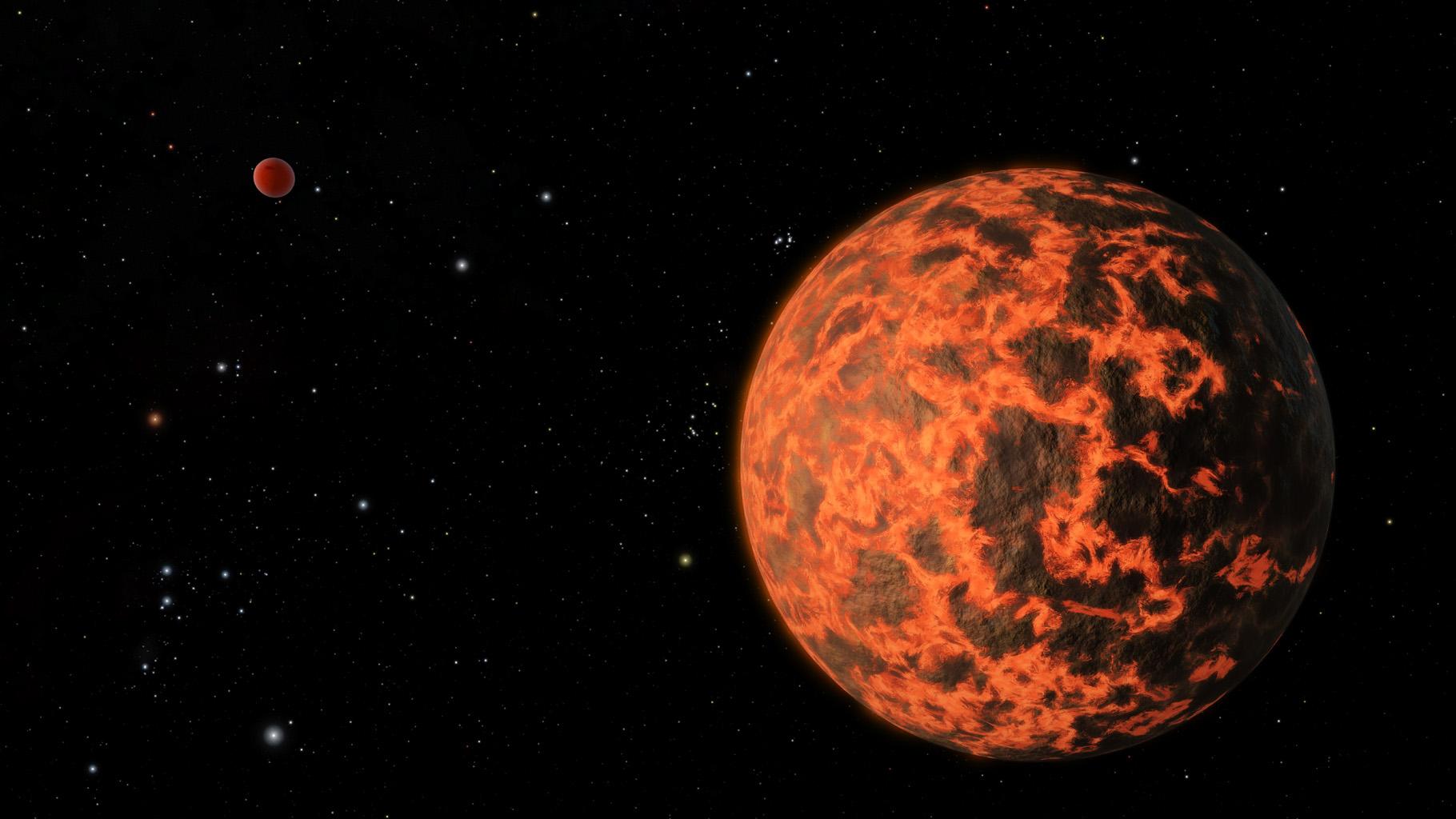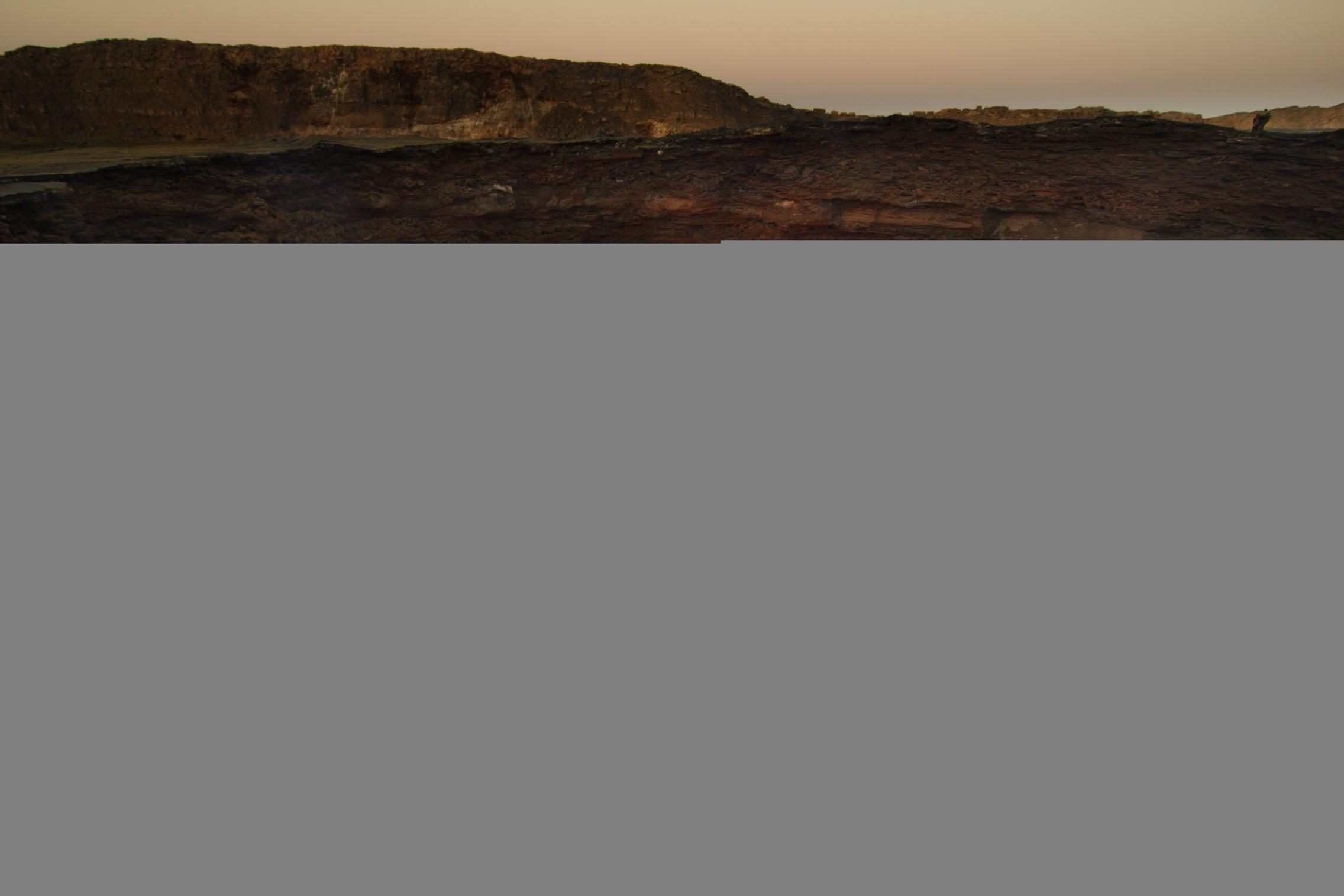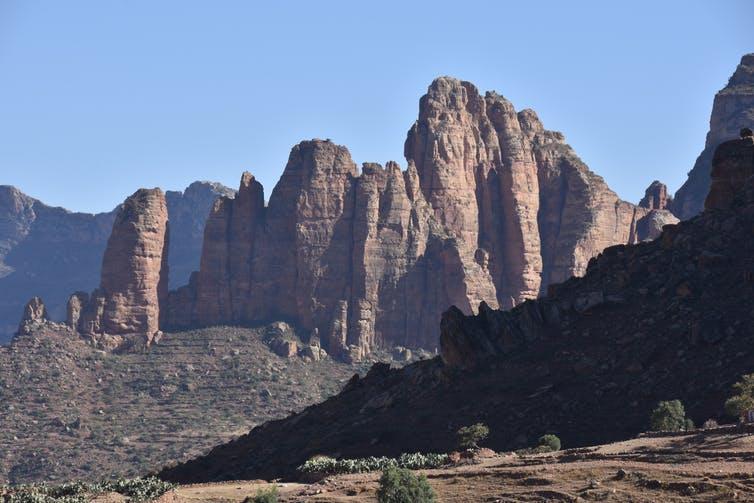Where do rocks come from?

Big rocks, little rocks? Professor Alan Collins answers this Curious Kids' question about the origin of rocks.
Where do rocks come from?Claire, age 5, Perth, WA
Wow, Claire, what a great question. As strange as it sounds, rocks are made from stardust; dust blasted out and made from exploding stars.
In fact, our corner of space has many rocks floating around in it. From really fine dust, to pebbles, boulders and house-sized rocks that can burn up in the night sky to make meteors or “shooting stars”.
The Moon and our local planets – Mars, Venus and Mercury – are just the largest rocks floating around our part of space. These are all made from space dust stuck together over billions of years.
The ‘light’ rocks are on the Earth’s surface

An artist’s impression of early Earth, which was then a molten ball of lava flying through space. NASA/JPL-Caltech, CCBY 4.0
Planet Earth is a rock too, but so much has happened since it was formed from dust and small rocks that smashed and stuck together 4.543 billion years ago.
As the space dust hit each other to make the earth, it got super hot and melted. The Earth was, at that time, a spinning ball of red-hot lava flying through space.
In this melted lava planet, heavy bits of the earth sank and the light frothy bits gathered on the surface.
Have you ever looked closely at a glass of milky coffee at a cafe? The dark heavy coffee is at the bottom, whereas the light, frothy milk sits on the top. Well, our planet was a bit like that coffee billions of years ago.
We don’t see the really heavy rocks these days because they sank deep in the planet very early on. The rocks we see on the surface are like the frothy milk! They were light and rose to the top. Then, as time moved on, the planet cooled and froze to become the solid earth we have now.
I know most rocks are heavy. But in fact some rocks – even really big ones like Uluru – are actually much lighter than the rocks found in the deep Earth.

Volcanic lava in Etra Ale Volcano in Ethiopia in 2016. Lava emerges from volcanoes and then cools on the Earth’s surface to form rocks. Petr Meissner/flickr, CC BY
Lava and plates
Those rocks on the Earth’s surface actually move around. Large chunks the size of continents (called “plates”) jostle each other and this can cause earthquakes. Some of them get forced under other plates and heat up and eventually melt. This forms more lava. The lava erupts from volcanoes, then cools and forms new rocks.
These are some pictures of lava in the melted state and then after it has cooled down.

Mountains and gems are also rocks

Spectacular layered sedimentary rocks from Tigray, Ethiopia, where each layer represents an ancient sea bed. Rocks of these types contain the history of the surface of the planet. Author provided
Mountains form where two plates smash into each other. The rocks that get caught between two of the Earth’s plates get squashed under huge pressures and heat up. These can form really beautiful rocks. Sometimes gems form in these rocks and people try to find them to make jewellery.
Rain and ice break up the rocks in mountains. These form sand and mud that get washed out to form beaches, rivers and swamps. This sand and mud can get buried, squashed and heated, which eventually turns them into rocks.
Rocks contain a record of the history of our planet; what is has been through and what is capable of. We are only just learning how to read it.
So, next time you see a rock, just think what an incredible story it contains.
About this article
- Author: Professor Alan Collins
- Main image: Rocks contain a layer-by-layer record of the history of our planet. Fred Moore/flickr, CC BY-NC
Curious Kids is a series for children. If you have a question you’d like an expert to answer, send it to curiouskids@theconversation.edu.au. You might also like the podcast Imagine This, a co-production between ABC KIDS listen and The Conversation, based on Curious Kids.
This article is republished from The Conversation under a Creative Commons license. Read the original article.
![]()
